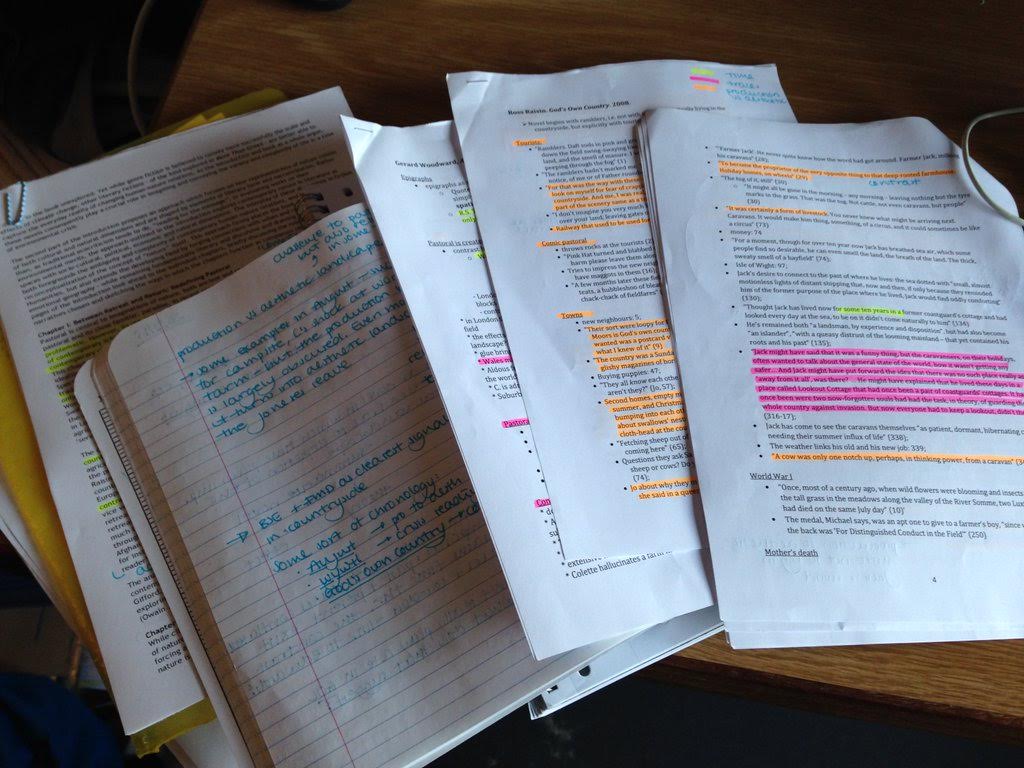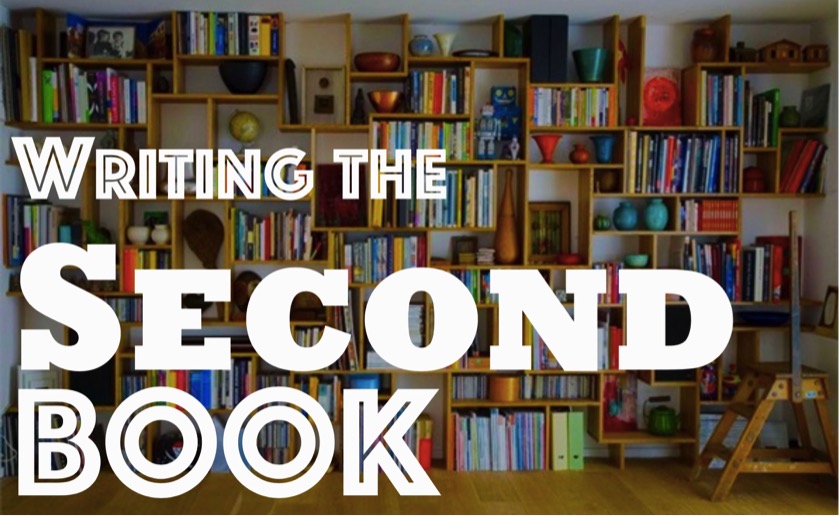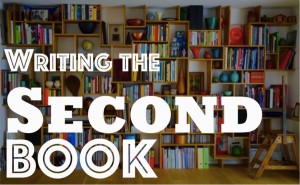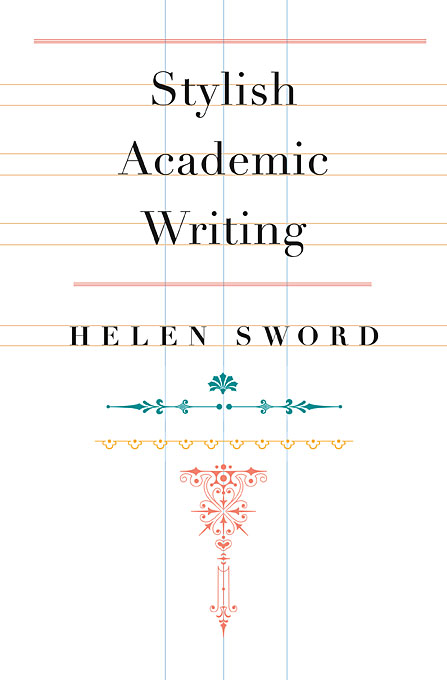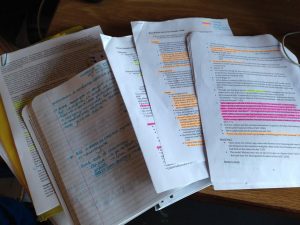 Astrid Bracke writes on twenty-first-century British fiction and nonfiction, ecocriticism, narratology, climate crisis and flood narratives. Her monograph, Climate Crisis and the Twenty-First-Century British Novel, is under contract with Bloomsbury Academic. This is the first of four blog posts she will write for AcWriMo 2016.
Astrid Bracke writes on twenty-first-century British fiction and nonfiction, ecocriticism, narratology, climate crisis and flood narratives. Her monograph, Climate Crisis and the Twenty-First-Century British Novel, is under contract with Bloomsbury Academic. This is the first of four blog posts she will write for AcWriMo 2016.
So you want to write a book. Perhaps there’s an idea that you want to explore and didn’t get round to in your dissertation, or you’re ready to go into a wholly different direction. Or you feel you have to write a book to get the right job, or have a better chance at funding money. A few years ago I wrote on writing a book proposal. This series is about writing the book, from start to finish.
In this first post, I discuss how writing a book is different from writing a dissertation.
Most importantly, writing a book is a much more solitary endeavour. While getting your PhD you wrote under supervision. The meetings with my supervisor were a way for me to check whether I was on the right path and to discuss my ideas. Not working in such a framework can be a real relief to many. Perhaps you fundamentally disagreed with your supervisor, or felt tied to departmental themes. Writing a book frees you from all that: it’s your book and your choices. This can be paralyzing at times, and even lonely.
It also means that getting feedback on your work requires more initiative. And where first you might have gotten the feeling that at least you were accountable to someone (your supervisor), now you’re not really accountable to anyone but yourself. If your book is under contract with a publisher you’ve got a deadline, but that’s not quite the same thing. They might check in with you, but a supervisory relationship, for good or for bad, doesn’t exist.
There’s a few ways in which you can create a supportive environment for yourself while writing a book. The first is to use your network to get feedback – or to expand your network. I drew up a list of scholars who were working on themes related to my book and asked them for feedback on individual chapters. I already knew these people: I’d talked to them about my project at conferences, had provided feedback on their work or published in special issues they edited.
Yet even if you don’t already personally know them, scholars are generally happy to help. There might be someone whose work you use a lot, or who gave an interesting paper at a conference that ties in with your research. Indeed conferences are great places to ask people whether they’d be willing to read your work. Whether you know them or not, it’s important to be clear on your expectations: with the exception of one scholar whom I know well, I never requested feedback on more than one chapter, asked people to reply by a certain date and offered to repay the favour (and of course thanked them again in my acknowledgements).
Conferences are also a great way to create the accountability that is lacking when you’re no longer a PhD student. Use conference papers not only to try out your ideas, but also to make sure that you finish certain chapters by a certain date. The added benefit is that you’re likely to get useful feedback.
Another way of creating accountability and alleviating the possible loneliness of writing a book is by looking for writing buddies. For a while a friend and I would agree to send each other (parts of) chapters and articles. We’d set a clear deadline and meet for coffee that day. We wouldn’t necessarily read each other’s work, but making the promise to be done with something by a certain date did stimulate us. And discussing our work over coffee was often inspiring. You may even get together with a group of colleagues, or join a MeetUp group of academics. Sharing your deadlines with others and having the chance to talk about the writing process provides some of the structures that being a PhD student, often surrounded by other PhD students, offered.
I was really surprised about the time it took me to write the book, compared to writing the dissertation. Writing the book took me about a year, working on average one day a week, versus around three years nearly full time for the dissertation. The reason why it took so much less time is, I think, because writing a dissertation is much more about the process and about learning the ropes.
This is also the final difference between a dissertation and a book. A dissertation is what in the traditional guild-system would be the product of an apprenticeship. In the dissertation you demonstrate that you are knowledgeable about the area you’re working in and that you’ve read (almost) everything. In a book, many of these concerns do not apply. If in writing the dissertation you have to prove that you’re worthy of being part of a scholarly community, in writing the book you show that you are.
In my next posts I’ll write more about the process of writing a book from start to finish, from planning the work to communicating with the publisher.







